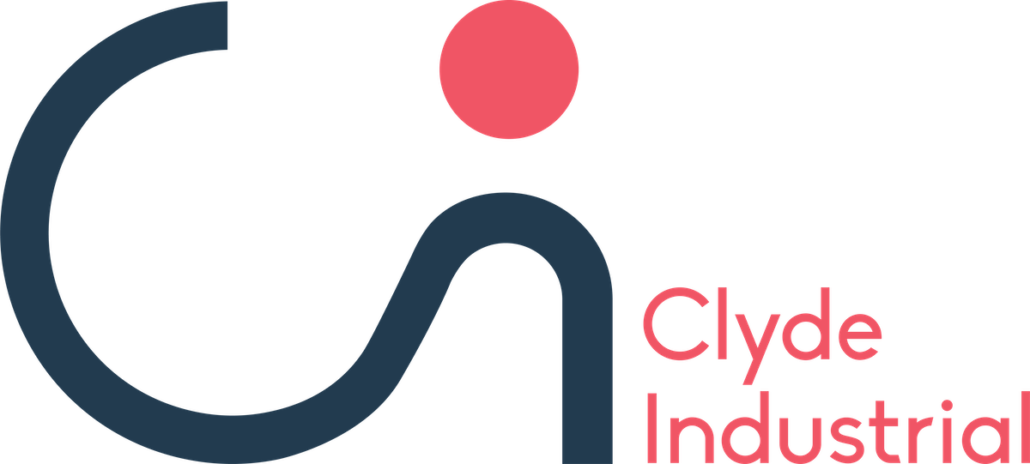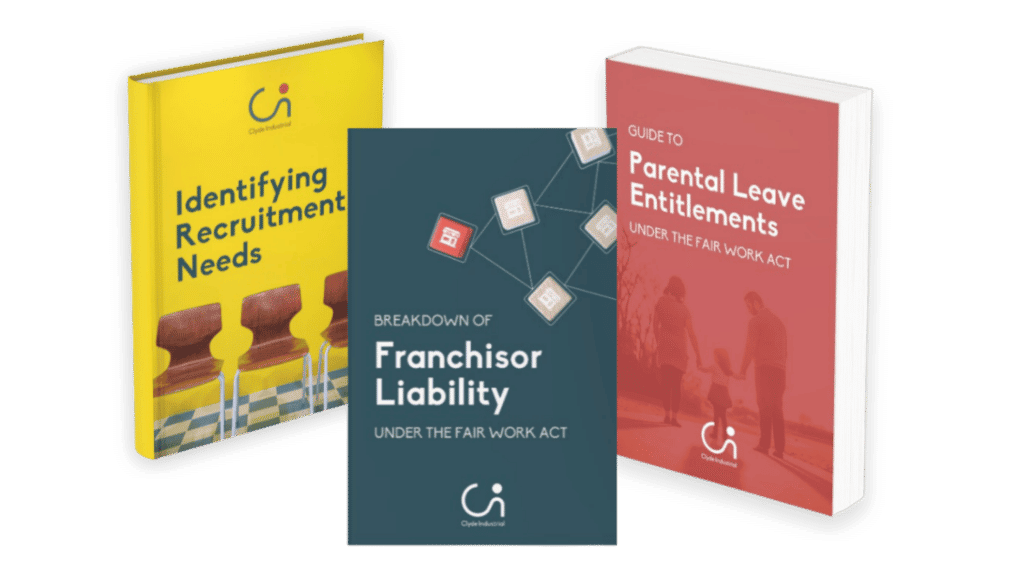Coding
Get induction and onboarding right.
How you start is how you finish.
Employee induction and on-boarding is the important process related to new employees that commence working with your business. Induction and onboarding involve taking an external person and making them ‘part of the team’.
There are a number of formal and informal processes that make up induction and onboarding, which we briefly summarise below. Failing to get this right within your business can have a direct impact on your bottom line, as it can create risks for you down the line and unnecessarily delay a new employee from becoming a productive member of staff.
There are a number of formal and informal processes that make up induction and onboarding, which we briefly summarise below. Failing to get this right within your business can have a direct impact on your bottom line, as it can create risks for you down the line and unnecessarily delay a new employee from becoming a productive member of staff.
Employee induction and on-boarding is the important process related to new employees that commence working with your business. Induction and onboarding involve taking an external person and making them ‘part of the team’.
There are a number of formal and informal processes that make up induction and onboarding, which we briefly summarise below. Failing to get this right within your business can have a direct impact on your bottom line, as it can create risks for you down the line and unnecessarily delay a new employee from becoming a productive member of staff.
There are a number of formal and informal processes that make up induction and onboarding, which we briefly summarise below. Failing to get this right within your business can have a direct impact on your bottom line, as it can create risks for you down the line and unnecessarily delay a new employee from becoming a productive member of staff.
INDUCTION
Induction
The induction process should be thought about as a way of introducing the new employee into the way that your business conducts itself. This include familiarising employees with the workplace culture, the work processes of their team or department, the structure of the business, the policies that govern employee behaviour and performance and the occupational health and safety procedures that are in operation. Induction should also involve formal introductions to key staff and members of the employees team.
DOCUMENTS
Documents
Employees should be provided with the following documents upon commencements:
- Tax File Number (TFN) declaration form;
- Superannuation Choice Form;
- Fair Work Information Statement
- Casual Employment Information Statement (for casual employees)
- A copy of all workplace policies and procedures (including a copy of occupational health and safety policies).
In addition to the above documents, employee should be given specific instructions and training in the organisations policies and procedures to ensure that they are aware of the businesses expectations.
PAYROLL
Payroll
Many of the below employee records are automatically recorded through modern payroll software. It is important that the new employee is set up in the payroll software from the commencement of their employment, to ensure that accurate records are being kept.
EMPLOYEE RECORDS
Employee Records
Employers are required to keep a range of records of each employee. During the onboarding process, employers should be sure that they have the systems in place to accurately record the information that is required to be kept about the new employee.
Pursuant to the Fair Work Regulations 2009, the records must:
- Be in a form that is readily accessible to a Fair Work Inspector;
- Be in a legible form and in English (preferably in plain, simple English);
- Be kept for seven years;
- Not be altered unless for the purposes of correcting an error; and
- Not be false or misleading to the employer’s knowledge.
General Records
General employment records must include all of the following:
- The employer’s name
- The employer’s Australian Business Number (ABN)(if any)
- The employee’s name
- The employee’s commencement date
- The basis of the employee’s employment (full or part-time and permanent, temporary or casual).
Pay Records
Records of pay must include all of the following:
- The rate of pay paid to the employeee
- The gross adn net amounts paid and any deductions from the gross amount
- The details of any incentive-based payment, bonus, loading, penalty rate, or other monetary allowance or separately identifiable entitlement paid.
Hours of work records
Records relating to hours worked by employees are to include the following:
- In the case of a casual or irregular part-time empolyee who is guaranteed a pay rate set by reference to time worked, a record of the hours worked by that employee
- For any other type of employee, the record must specify the number of overtime hours worked each day, or when the emplyoee started and finished working overtime hours (but only if a penalty rate or loading must be paid for overtime hours actually worked)
- A copy of the written agreement if the employer and employee have agreed to the employee takign time off instead of being paid for overtime worked
- A copy of the written agreement if the employer and employee have agreed to an averaging of the employee’s work hours.
Leave records
If an employee is entitled to leave, the record must include both:
If an employer and an employee have agreed to the employee taking a period of annual leave in advance of an accrued amount of leave, the employer must keep a copy of the agreement which:
- Leave take, if any
- The balance of the employee’s entitlement to that leave from time to time.
-
- States the amount of leave to be taken in advance and the date on which the leave is to commence
- Must be signed by the employer and the employee, and if the employee is under 18 years of age, by the employee’s parent or guardian.
-
- A copy of the agreement to cash out the amount of leave
- A record of the amount of leave to be cashed out and the payment to be made to the employee for it
- The date on which the payment is to be made.
Superannuation contributions records
If the employer is required to make superannuation contributions for the benefit of the employee, the record must include all of the following:
Note: Employers who contribute a defined benefit interest in a defined benefit fund do not have to include these contributions in the record
- The amount of the contributions made
- The dates on which each contribution was made
- The period over which the contributions were made
- The name of any fund to which a contribution was made
- The basis on which the emplyoer became liable to make the contribution, including a record of any election made by the employee (including the date) to have their superannuation contributions paid into a particular fund.
Individual flexibility arrangement records
If an employer and employee agree in writing to an individual flexibility arrangement in relation to an award or registered agreement, a record must include both:
- A copy of the agreement
- A copy of any notice or agreement terminating the flexibility arrangement
Annualised wage arrangement records
If an employee is on an annualised wage arrangement under an award, some awards require employers to keep extra records for these employees.
Guarantee of annual earnings records
If an employer gives a guarantee of annual earnings under the Fair Work Act 2009 (which is a specific agreement related to those earning more than the High-Income Threshold), the employer must make and keep a record of:
- The guarantee
- The date of any revocation of the guarantee (where applicable).
Termination records
Where the employment has been terminated, the records must include:
- Whether the employment was terminated by consent, by notice, summarily, or in some other manner (specifying that manner)
- If notice was provided and, if so, how much
- The name of the person who terminated the employment.
Transfer of Business records
Where there has been a transfer of business under the Fair Work Act 2009, at the time of transfer, the old employer is required to transfer to the new employer each employee record concerning a transferring employee.
If the transferring employee becomes an employee of the new employer after the transfer, the new employer must ask the old employer to provide them with the employee’s records.
The old employer must give the records to the new employer.
If you require any assistance or professional advice in relation to employee induction and onboarding, please contact Clyde Industrial today.




